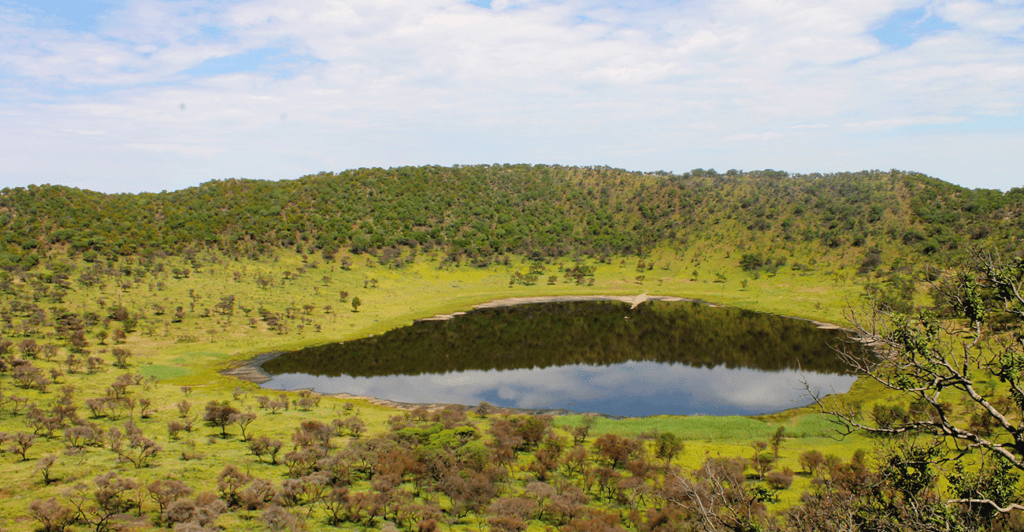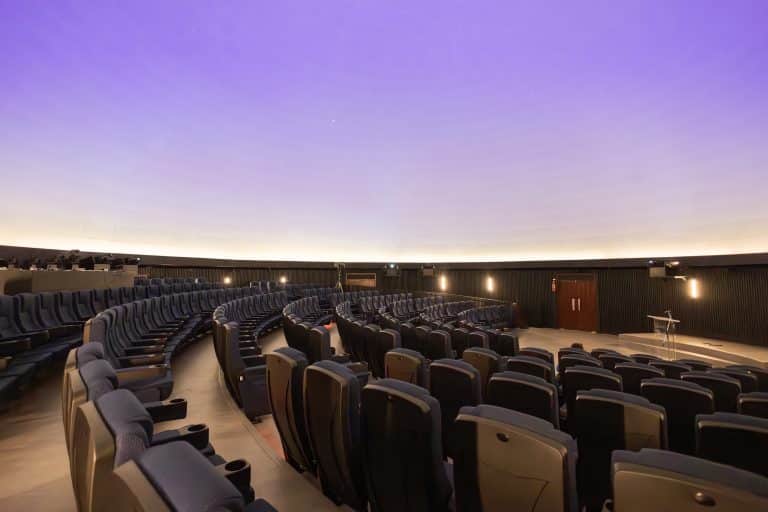The only ecotourism destination of its kind in South Africa: Exploring the past, protecting the present, serving the future.
Some 220 000 years ago a blazing stony meteorite the size of half a football field slammed into the earth`s crust. The impact formed a crater, 1,4 km in diameter and 200 m deep. This crater, formerly known as the Pretoria Saltpan (or Zoutpan), is situated 40 km north to the northwest of Pretoria. It is one of the best-preserved terrestrial meteorite impact craters anywhere in the world. Other important craters in Southern Africa are Roter Kamm, Kalkkop, Morokweng and the Vredefort Dome.
Today, Tswaing, meaning Place of Salt in Setswana, is a 1946-hectare conservation area in Gauteng, some 40 km northwest of Central Pretoria. It borders on the Winterveld and Soshanguve settlements. The registered landowner is the national Department of Public Works. Tswaing falls within the area of the City of Tshwane. Tswaing is managed by the Northern Flagship Institution, a parastatal heritage conservation institute (comprising the national museums in Gauteng), established in terms of the 1998 Cultural Institutions Act.The main features of Tswaing are a 220 000-year old meteorite impact crater (100 m deep and 1,13 km across), a wetland (marsh) area, a variety of ecosystems and the remains of a factory that produced soda ash and salt.







